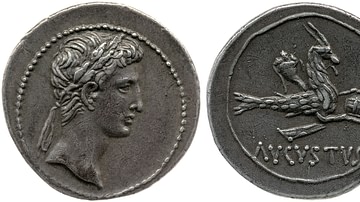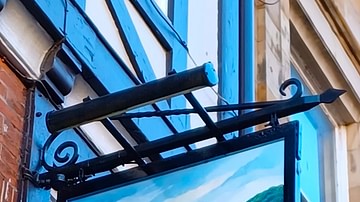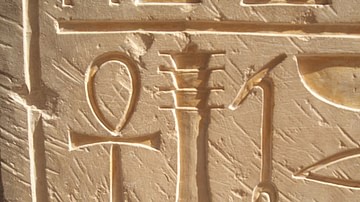Illustration
A pottery jar with three painted representations of the ankh sign with 2 arms holding 2 was scepters. From the New Kingdom of Egypt, Ramesside Period, 1292-1069 BCE.
The British Museum, London.
About the Author
Cite This Work
APA Style
Amin, O. S. M. (2016, April 12). Pottery Jar with Ankh Sign. World History Encyclopedia. Retrieved from https://www.worldhistory.org/image/4896/pottery-jar-with-ankh-sign/
Chicago Style
Amin, Osama Shukir Muhammed. "Pottery Jar with Ankh Sign." World History Encyclopedia. Last modified April 12, 2016. https://www.worldhistory.org/image/4896/pottery-jar-with-ankh-sign/.
MLA Style
Amin, Osama Shukir Muhammed. "Pottery Jar with Ankh Sign." World History Encyclopedia. World History Encyclopedia, 12 Apr 2016, https://www.worldhistory.org/image/4896/pottery-jar-with-ankh-sign/. Web. 30 Jun 2025.








